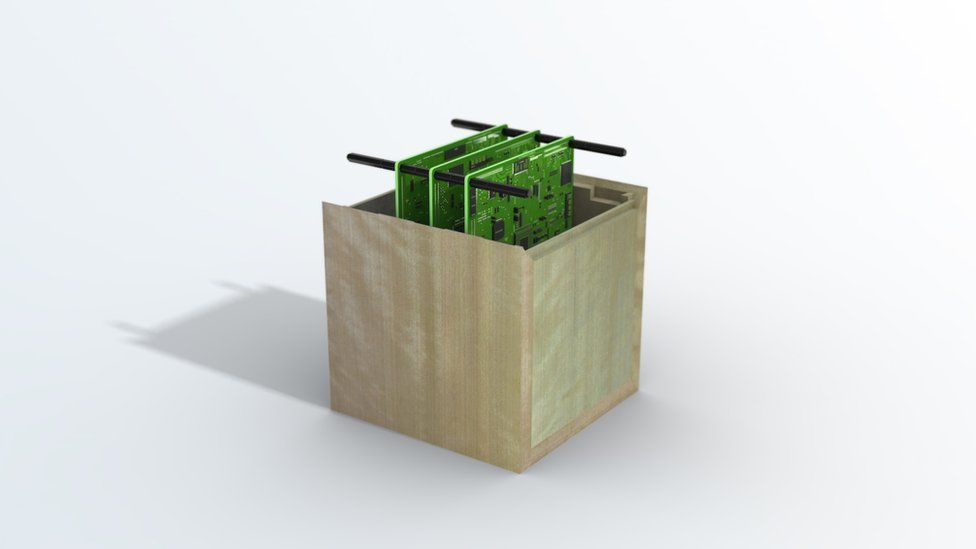Kyoto University and the company Sumitomo Forestry are working on the development of satellites and space capsules made of wood: the goal is to reduce pollution in space
The future of space engineering passes through the “simple” wood. It may seem incredible, but in Japan there are those who are really convinced that this natural material – used for thousands of years to build tools of all kinds – can contribute to the conquest of space. We’re talking about a project developed in partnership by Kyoto University and Sumitomo Forestry, a company founded in Kyoto in 1691 that manages 16 thousand hectares of forests in Japan. The objective is to combat space pollution: every satellite or capsule that is launched into orbit, leaves behind a long trail of debris and fragments. When they come into contact with the Earth’s atmosphere, this “waste” begins to burn and very often releases harmful substances. The idea is to use wood – or rather, wood-based materials that are highly resistant to changes in pressure, light and temperature – to reduce the environmental impact of space missions. When they re-enter the atmosphere, the debris will burn without releasing harmful substances and pollutants.
Read also → A space lift for satellites: Obayashi launches the challenge for 2050

Wooden satellites take off from Japan
Sumitomo Forestry is working to develop biodegradable and highly durable wood-based materials. Details of the project, however, have not been outlined in the name of “secrecy in research and development.” A few indiscretions were leaked from a recent interview with the BBC by Kyoto University professor Takao Doi. “All satellites – Doi explained – that decay, burning, create tiny aluminum particles that float in the air for many years and sooner or later will end up impacting the environment. Our idea is to develop satellites that re-enter the atmosphere and burn without releasing harmful substances and without any risk of fragments reaching the ground. Once the material is put in place, the next step will be the development of the engineering model of the satellite, and then produce the model that will be launched hopefully by 2023. Doi is one of Japan’s leading experts in aerospace engineering and can even boast a past as an astronaut. In 2008, in fact, he was part of the crew of the mission Sts-123 that reached the International Space Station on March 13 at 3.49 UTC. During his 16 days aboard the ISS, Takao Doi supervised the installation of the Special Purpose Dexterous Manipulator robotic arm and also tested (for the first time) a boomerang designed to “work” in microgravity conditions.
You might also be interested in → A space lift for satellites: Obayashi launches the challenge for 2050